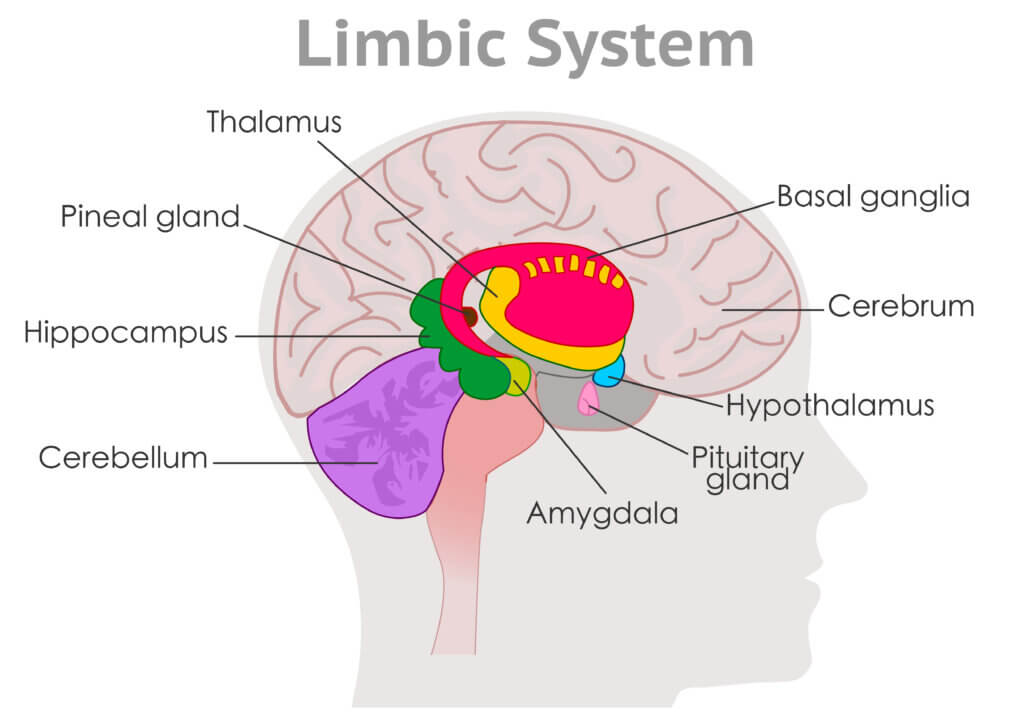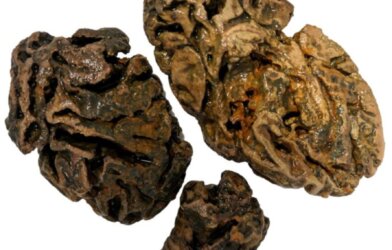The hippocampus, a seahorse-shaped structure deep within the brain, has long been known to play a crucial role in memory formation. But how exactly does this complex neural network decide which experiences are worth remembering for the long haul? A new study by researchers at New York University, and published in the journal Science, has shed new light on this fascinating process.
The key, it turns out, lies in a phenomenon known as “sharp wave ripples” — brief, high-frequency oscillations that occur in the hippocampus during periods of rest or sleep. These ripples, which last only a fraction of a second, have been suspected to play a role in memory consolidation, the process by which short-term memories are transformed into enduring long-term ones.

To investigate this further, researchers turned to a classic memory test: the figure-8 maze. Mice were trained to navigate this maze, alternating between left and right turns to receive water rewards. As the animals learned the task, the researchers used advanced recording techniques to monitor the activity of hundreds of neurons in the hippocampus simultaneously.
What they discovered was remarkable. During the maze runs, the hippocampal neurons fired in distinct patterns, creating a neural “map” of the animal’s position in the maze. But the real magic happened during the rest periods between trials, when the mice were not actively engaged in the task.
During these quiescent moments, the hippocampus spontaneously “replayed” the neural activity patterns from the previous maze runs, almost like a highlights reel of the animal’s recent experiences. Remarkably, these replay events did not just recapitulate the sequence of places the animal had visited — they also seemed to prioritize certain experiences over others.
“Our study finds that sharp wave-ripples are the physiological mechanism used by the brain to ‘decide’ what to keep and what to discard,” says senior study author Dr. György Buzsáki, the Biggs Professor of Neuroscience in the Department of Neuroscience and Physiology at NYU Langone Health, in a media release.
Specifically, researchers found that the hippocampus preferentially replayed the neural activity patterns associated with the earliest and most novel experiences in the maze. As the mice became more familiar with the task over successive trials, the hippocampus gradually shifted its replay focus to the later, more well-practiced runs.
This selective replay process was not random — it was tightly coordinated by the sharp wave ripples. The more intense the ripple, the more likely the hippocampus was to replay the associated experience. In effect, the ripples seemed to be “tagging” certain memories as important, prioritizing them for long-term storage.
But the hippocampus wasn’t just passively replaying these memories — it was actively reshaping them. During the replay events, the neural activity patterns were not perfect copies of the original experiences, but rather compressed, time-warped versions. It’s as if the hippocampus was editing the memory, distilling it down to its most salient features.
The implications suggest that our memories are not just carbon copies of our experiences, but curated, constructed narratives shaped by the brain’s own prioritization algorithms. The hippocampus, far from being a simple recording device, is an active participant in the creation of our life stories.

This research also opens up exciting new avenues for understanding and potentially treating memory disorders. If we can decipher the neural code of memory prioritization, we may one day be able to selectively enhance or suppress specific memories, a prospect with profound implications for conditions like post-traumatic stress disorder or Alzheimer’s disease.
“We worked to take the external world out of the equation, and looked at the mechanisms by which the mammalian brain innately and subconsciously tags some memories to become permanent,” says first study author Dr. Wannan Yang, a graduate student in Buzsáki’s lab. “Why such a system evolved is still a mystery, but future research may reveal devices or therapies that can adjust sharp wave-ripples to improve memory, or even lessen recall of traumatic events.”
In the meantime, the next time you find yourself lost in a daydream, take a moment to appreciate the incredible feat of neural engineering happening inside your head. Those fleeting bursts of ripple activity, brief as they may be, are the quiet sculptors of your mind’s enduring masterpiece — the story of your life, as remembered by you.








-392x250.jpg)


